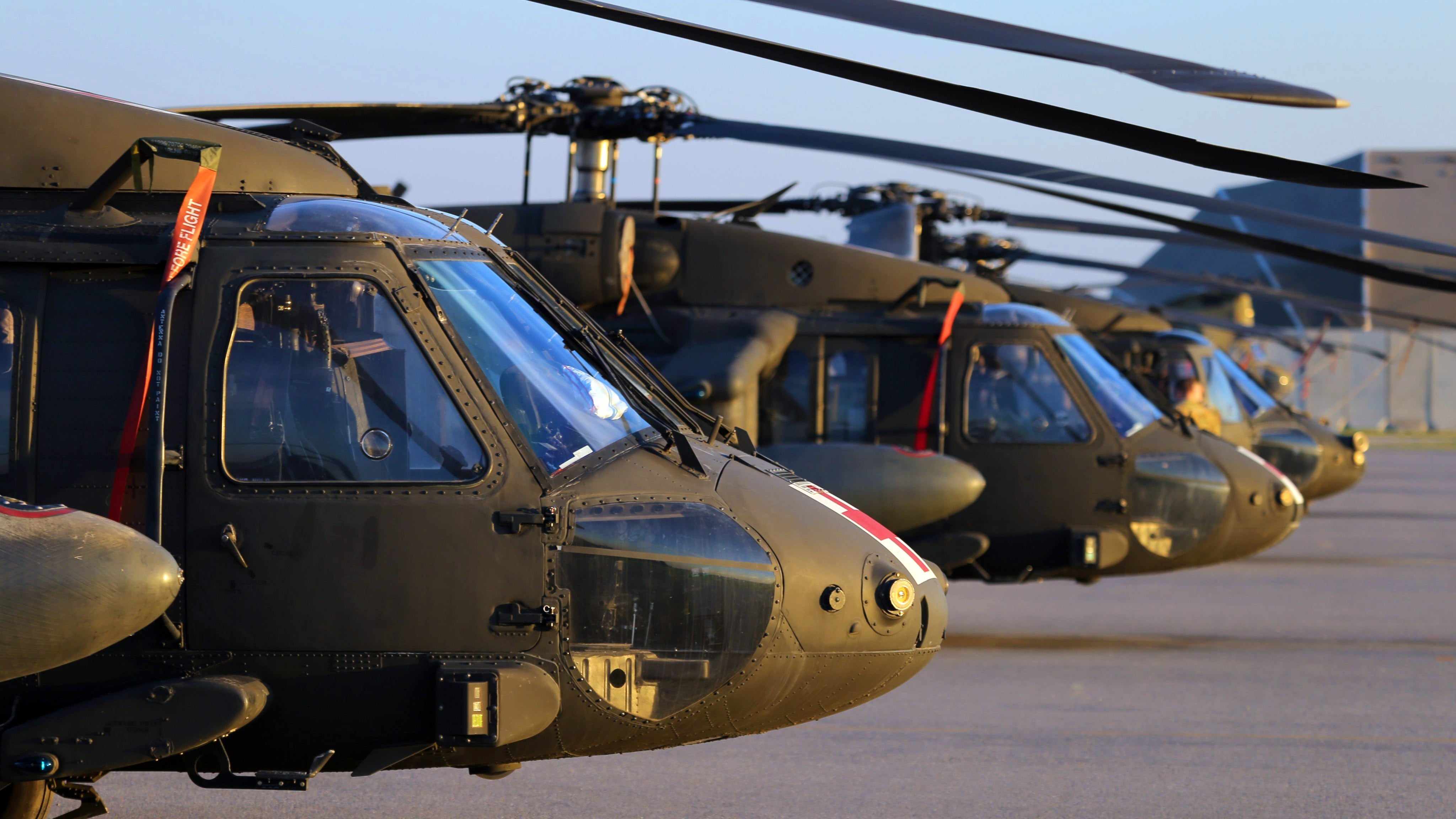Work Continues On Leap-Ahead Aviation Capabilities
Work Continues On Leap-Ahead Aviation Capabilities

From aircraft to pilot training, the Army continues to push ahead with efforts to transform its aviation capabilities.
“The helicopters we have right now originally were designed in the 1960s … and we really need to get into the digital age with our fleets,” said Maj. Gen. Walter Rugen, director of the Army’s Future Vertical Lift Cross-Functional Team. “We’re running out of size, weight [and] power capabilities within the footprint of our current fleet.”
The next-generation aircraft will be needed as the Army looks to meet the demands of the future battlefield and grapples with strategic competition with countries such as Russia and China, Rugen said during an appearance on Government Matters.
“We're looking across that to transform Army Aviation to fight peer and near-peer threats,” he said.
Future Vertical Lift is one of the Army’s six modernization priorities, and it seeks to replace long-trusted aircraft like the UH-60 Black Hawk and some AH-64 Apaches to bring the Army fleet “into the digital age,” Rugen said.
In addition to the new capabilities that Future Vertical Lift brings, pilot training will also transform, said Brig. Gen. Robert Barrie, program executive officer for aviation. “It's not just the pilot, we're looking comprehensively across the way we maintain our platforms,” he said.
As the Army pushes forward in the face of tighter budgets, the service is determined to design, develop and deliver more modern technology, Barrie said. “We work across the enterprise in making sure that as we design, develop, deliver and … support these systems, that we do so with an understanding of affordability,” he said. “It's at the forefront of every decision that we make.”
The Army also is applying lessons learned, including from when Russia seized Crimea from Ukraine in 2014, as it develops the capabilities it would need in future aircraft, Rugen said.
“We saw a number of things that the Russians did to Ukraine, and we saw a number of gaps,” he said. “We wanted to close those gaps for any future force. We've been studying it very in depth since that 2014 event in the Crimea, and that's really what woke us up. Everything that we've done has been focused on closing those gaps.”

